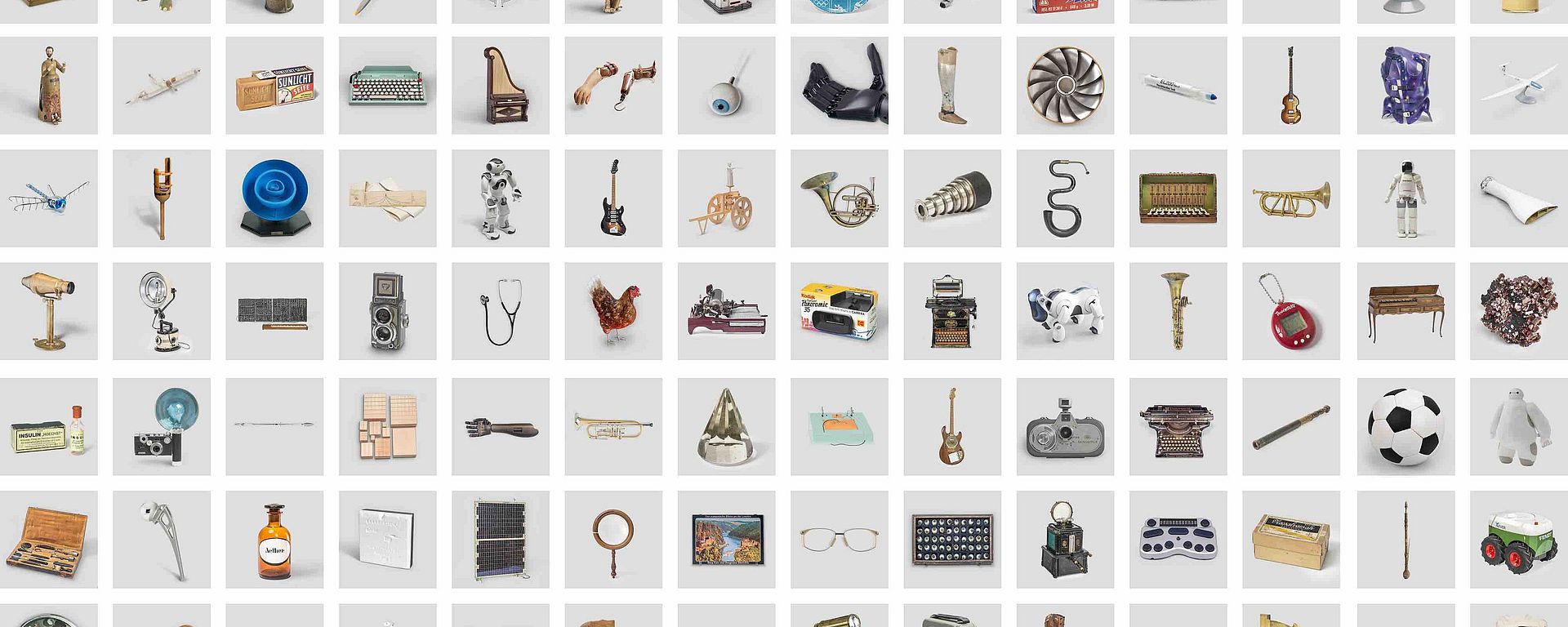
Photo: Deutsches Museum
The little nostalgia tour
Science that touches
From Walkman to dial disc, from Tamagotchi to Barbie: here is a small selection of objects that bring back memories.
The objects in the Deutsches Museum not only trace technological progress, some of them have shaped our childhood or enriched our everyday lives. And it's not uncommon for our guests to stand in front of a display case and realise a little wistfully what is already ‘museum-worthy’ these days. On our little nostalgia tour, we come across a few ‘old acquaintances’ that many people grew up with, that once connected them to the world, for example, that were simply indispensable or that took them to the next level.
Virtual pet Tamagotchi Photo: Deutsches Museum
Tamagotchi
It wants to play, eat, sleep and occasionally needs an electronic cuddle: the Tamagotchi is one of the first virtual pets. The ‘egg’ from Japanese toy manufacturer Bandai came onto the market in the second half of the 1990s and quickly became a cult object.
- Robotics exhibition, Level 0
Compact Disc Player Sony Walkman Photo: Deutsches Museum
Compact Disc Player Sony Walkman D-EJ361
Cooler than the old cassette player: This Sony Discman, which dates back to 2001-2003, was intended to replace the classic cassette Walkman. However, the first MP3 players came onto the market soon afterwards and the music CD became less and less important.
- Electronics exhibition, Level 2
Casio VL-Tone Photo: Deutsches Museum
Casio VL-Tone
The small Casio synthesiser was launched on the German market in 1981 for an affordable DM 149. The device quickly became a cult instrument as it produces particularly simple sounds. This is why the Casio VL-Tone was and still is used by well-known artists, including Human League, Stevie Wonder, Robbie Williams and especially Trio (‘Da da da da’).
- Musical Instruments exhibition, Level 1
“My aunt gave me one just like it when I was 14!”
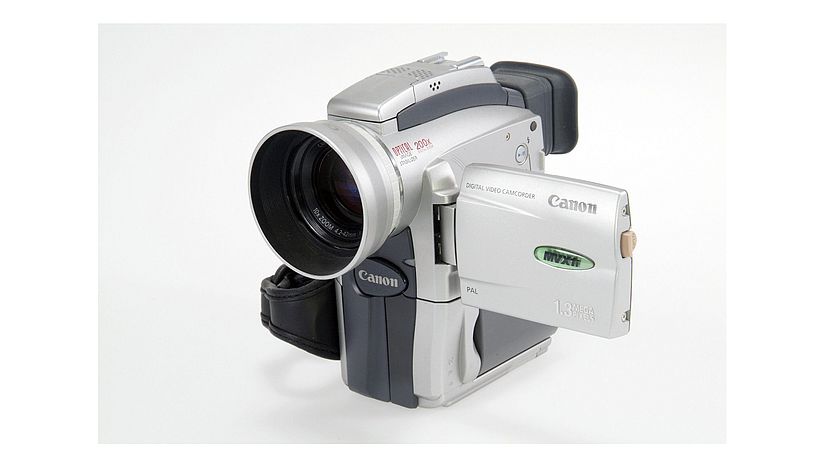
Canon Camcorder Photo: Deutsches Museum
Canon Camcorder MVX1i
From the early 2000s, this camera was used to capture moving holiday memories. With 1.3 million pixels, the camcorder offered ‘the sharpest film and photo enjoyment’ (advertising) and was regarded as the new reference in the concert of megapixel-oriented devices.
- Photography and Film exhibition, Level 2
![[Translate to English:] Barbie und Ken im Flieger-Look](https://www.deutsches-museum.de/assets/_processed_/9/2/csm_Barbie_und_Ken_7d0dc6c084.jpg)
Barbie and Ken Photo: Deutsches Museum
Barbie and Ken
At least since the cinema hype of 2023: You can't get past Barbie! However, our doll and her ‘friend’ Ken date back to 2010 and the two of them are pilots on the move and symbolise flying in everyday culture.
- Modern Aviation exhibition, Level 0
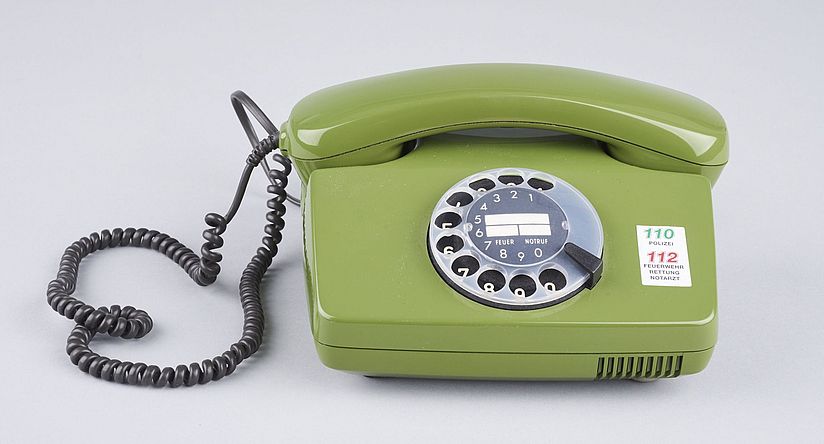
Telephone 79 Photo: Deutsches Museum
Telephone 79
Phones like this model ‘FeTAp 791-1’ with a dialling disc were still being produced at the end of the 1980s and could be found in millions of German households. Fern green was one of the standard colours for the devices, but grey and orange were also popular.
- Electronics exhibition, Level 2
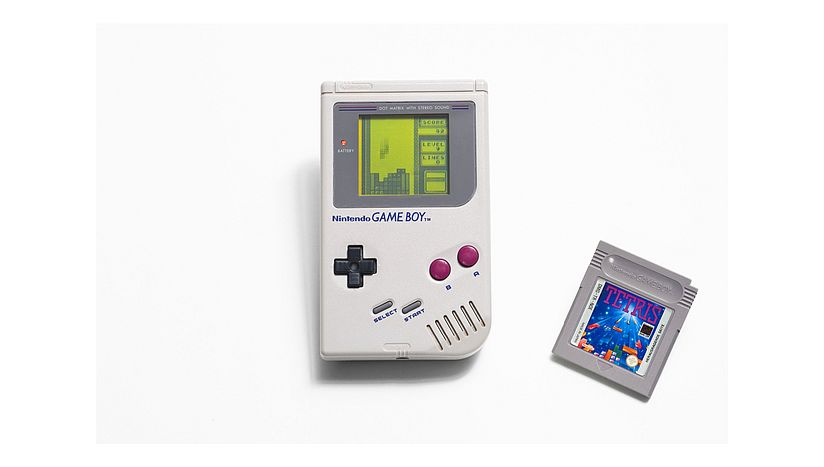
Gameboy Nintendo Classic with "Tetris" Photo: Deutsches Museum
Gameboy Nintendo Classic with "Tetris"
This classic Gameboy is the first in a series of handheld consoles. It came onto the market in Japan and the USA in 1989 and a year later in Europe. It quickly became a cult object and soon became the most successful games console of all time. The beginnings of console games were simple: it all started with the game Tetris, which, despite its colourless graphics - only four shades of grey could be displayed - made the success of the handy Gameboy console possible.
- Electronics exhibition, Level 2
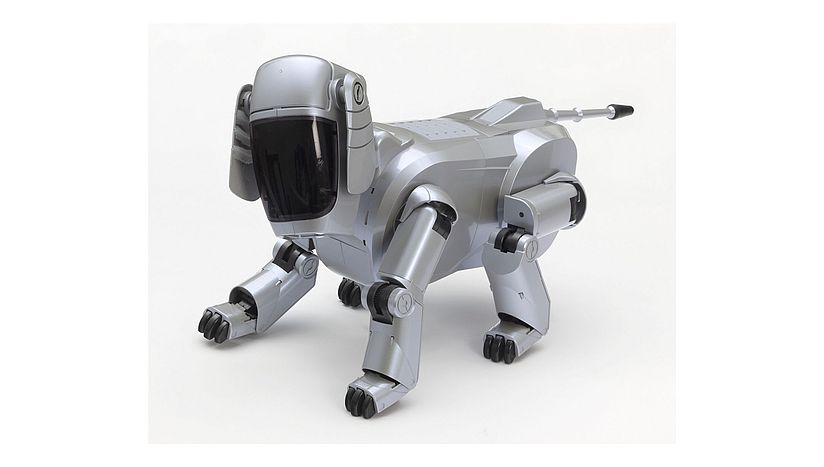
Robot dog AIBO Photo: Deutsches Museum
Robot dog AIBO ERS-111
The robot dog AIBO is an attempt to technically imitate the appearance and behaviour of a living being. The word AIBO is derived from ‘Artificial Intelligence’ and ‘RoBOter’, which in Japanese also means friend or partner. Artificial animals have a market in Japan, as Japanese society is ageing rapidly and it is difficult to keep pets in densely populated cities. In 1999, the ERS-110, the first model of the AIBO, was offered on the Internet as a test: 3000 units were sold out within 20 minutes - at a price of almost DM 4000. The ERS-111 is the successor to the ERS-110, and both belong to the first series.
- Robotics exhibition, Level 0
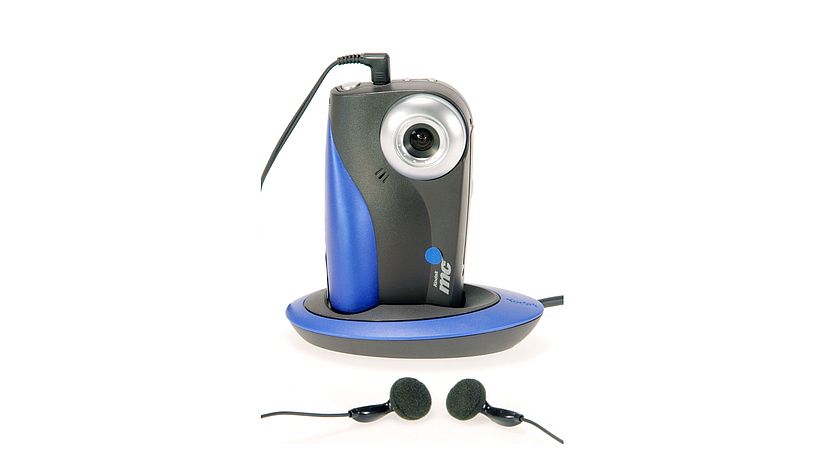
Kodak digital camera Photo: Deutsches Museum
Digital camera Kodak mc³
In 2001, several manufacturers brought inexpensive and easy-to-use cameras onto the market, which were also set up as MP3 players for music. By recording digital photos and video clips and playing music, these multimedia devices were aimed at a young target group.
- Photography and Film exhibition, Level 2

Samsung Galaxy S III Photo: Deutsches Museum
Samsung Galaxy S III
In 2012, five years after the first smartphone came onto the market, Samsung launched the third generation of its devices. The Galaxy S III sold more than 50 million units within a year.
- Electronics exhibition, Level 2
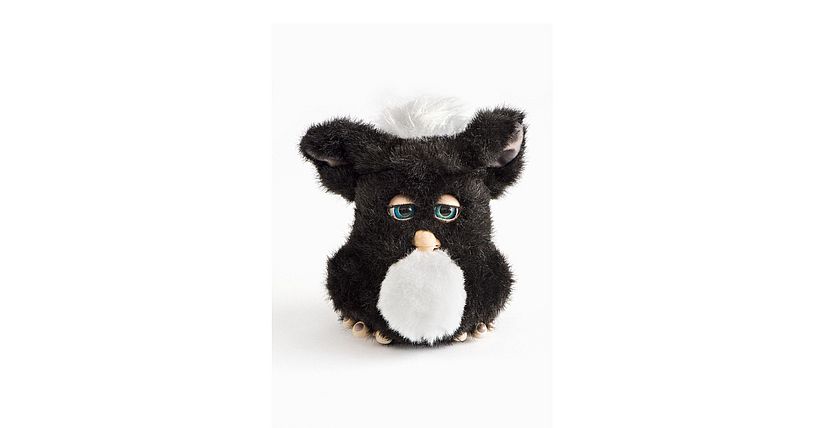
Furby Photo: Deutsches Museum
Cuddle robot "Furby"
Furby, an electronic toy robot, was developed by Dave Hampton and Caleb Chung and first presented at the American International Toy Fair in 1998. Built-in sensors allow the toy to recognise how its user interacts with it. It reacts to being stroked, spoken to, etc. and shows ‘emotions’ by moving its eyes, ears and mouth, making noises, dancing, singing and speaking in its (invented) language, ‘Furbish’.
- Robotics exhibition, Level 0
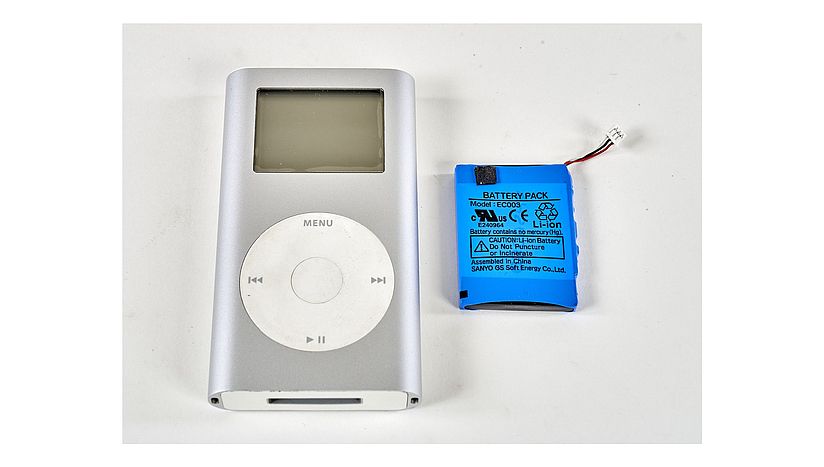
Apple iPod Mini Photo: Deutsches Museum
Apple iPod Mini, 1st generation
With the iPod Mini, the touch wheel and buttons were combined for the first time under one surface, the ‘Click Wheel’. The mp3 player came onto the market in 2004.
- Electronics exhibition, Level 2
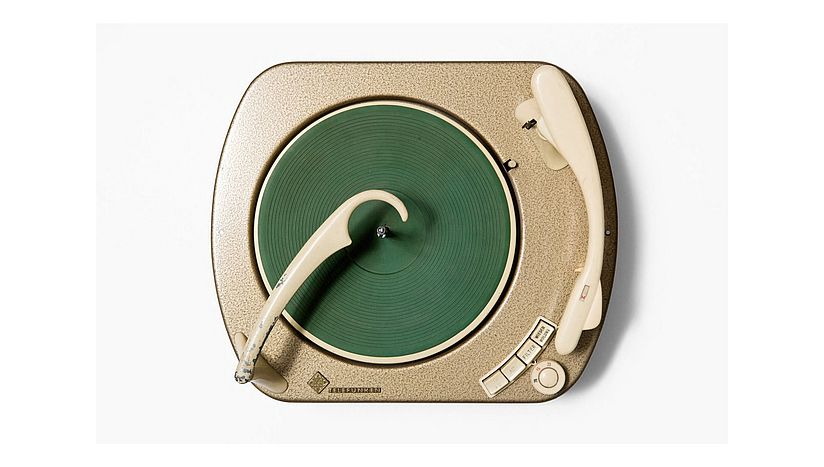
Telefunken record player chassis Photo: Deutsches Museum
Record player chassis
The record player chassis, built around 1958, could be installed in a home appliance, in a combination appliance (‘Tonmöbel’) or in a portable appliance, depending on the intended use. Convenient operation was ensured by a rotary knob for speed adjustment and four control buttons.
- Electronics exhibition, Level 2
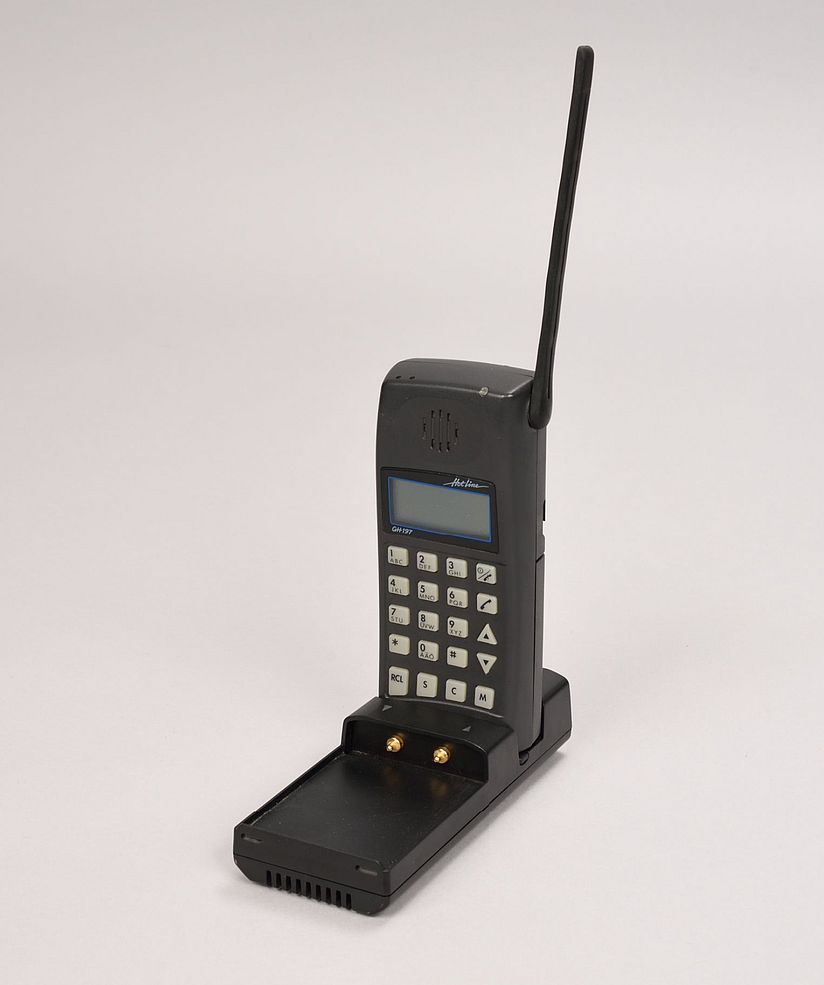
Mobile phone Ericsson GH197 Photo: Deutsches Museum
Mobile phone Ericsson GH197
The Ericsson GH197 - the one with the ‘fold-out aerial’ - was the digital version of the EH97. It came onto the market a year later, in 1993. It offered top quality audio performance but was behind in some functions. For example, there was no memory for numbers, although they could be stored on the SIM card.
- Electronics exhibition, Level 2
